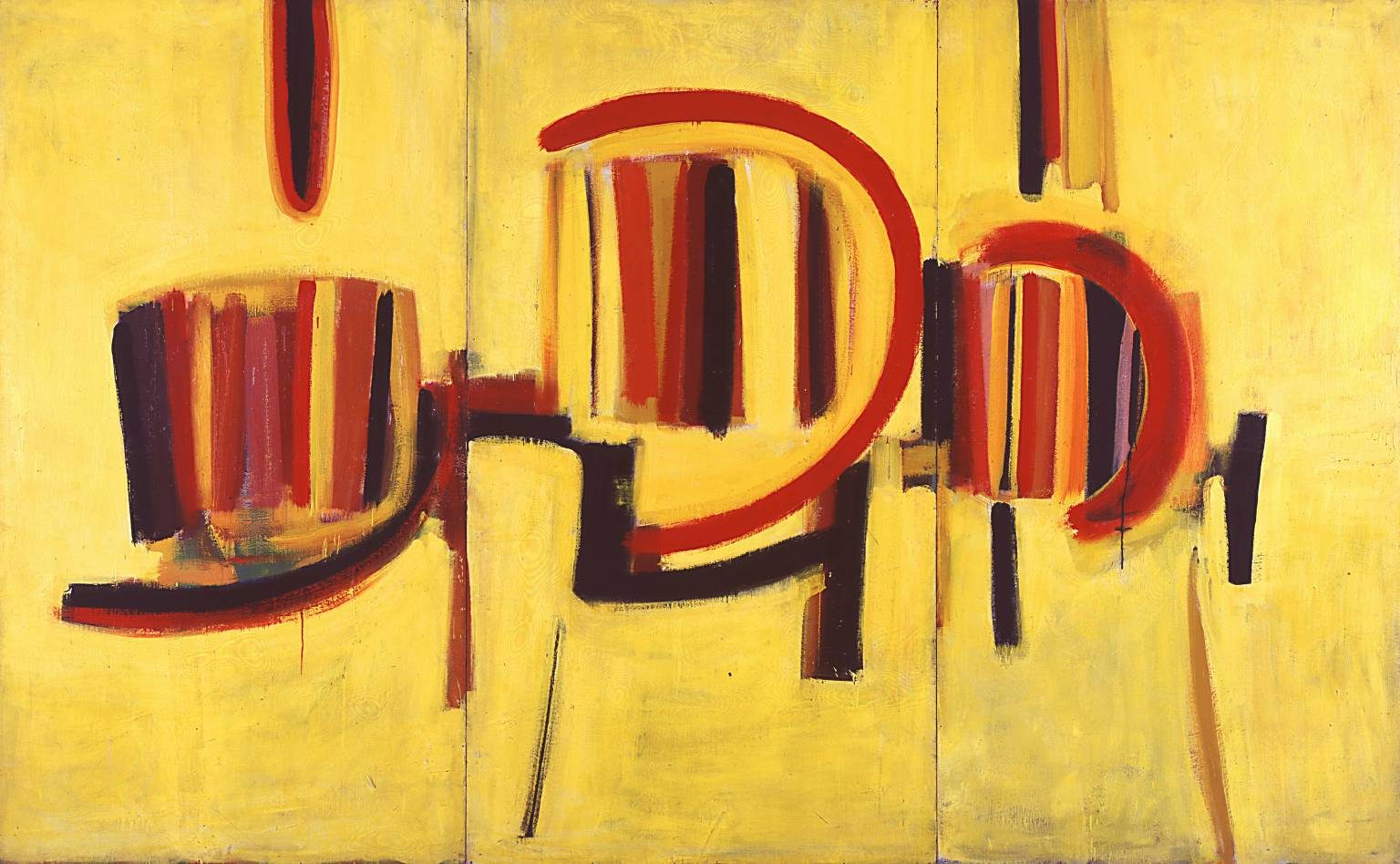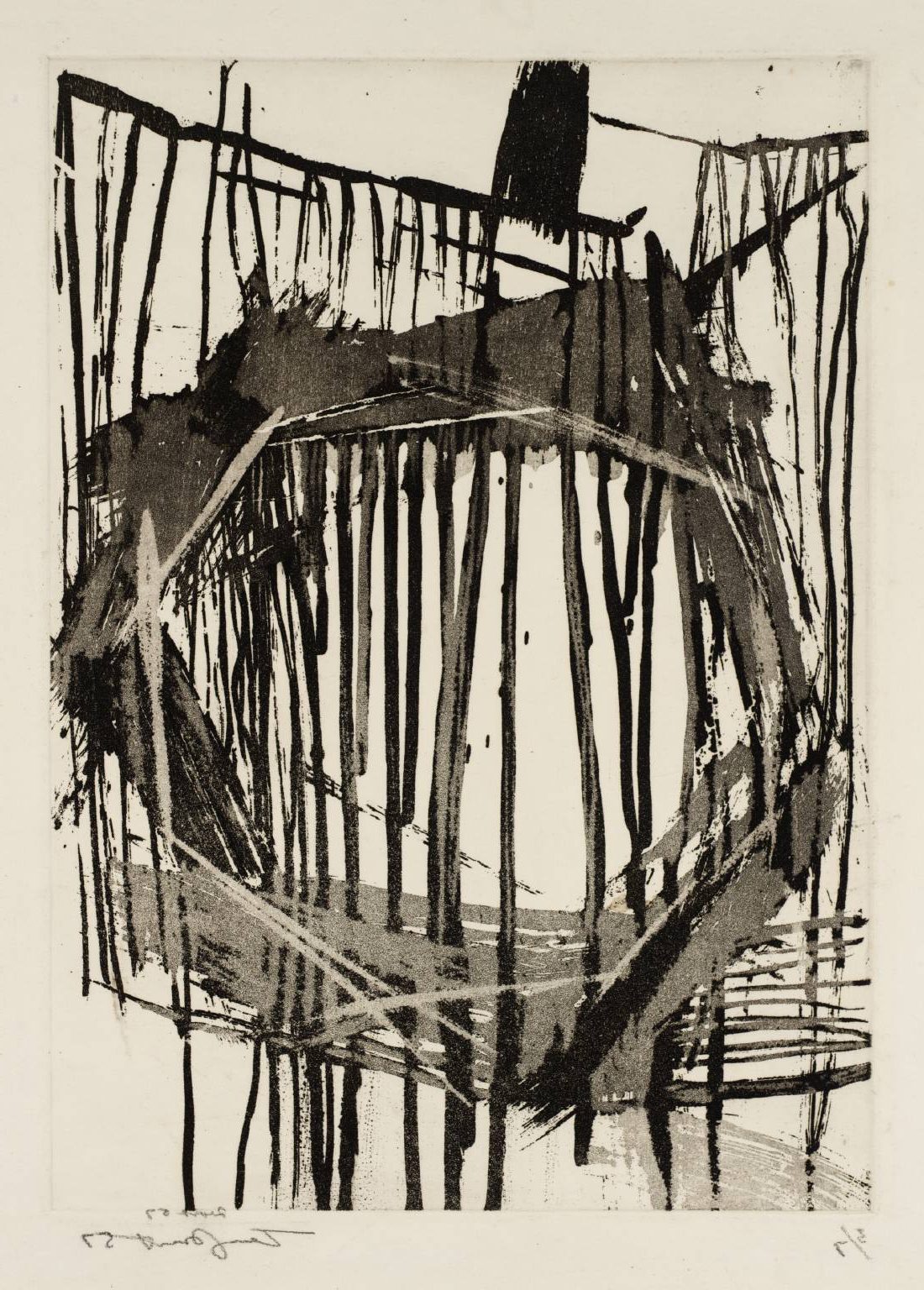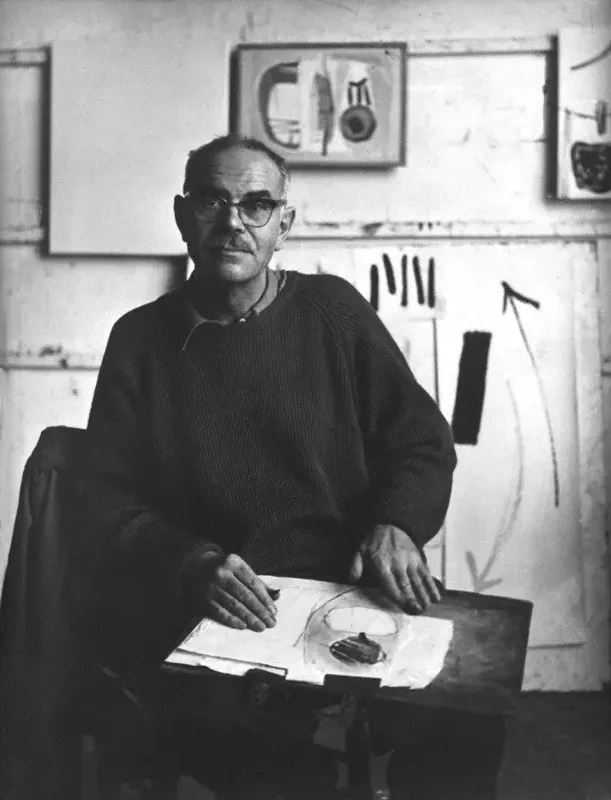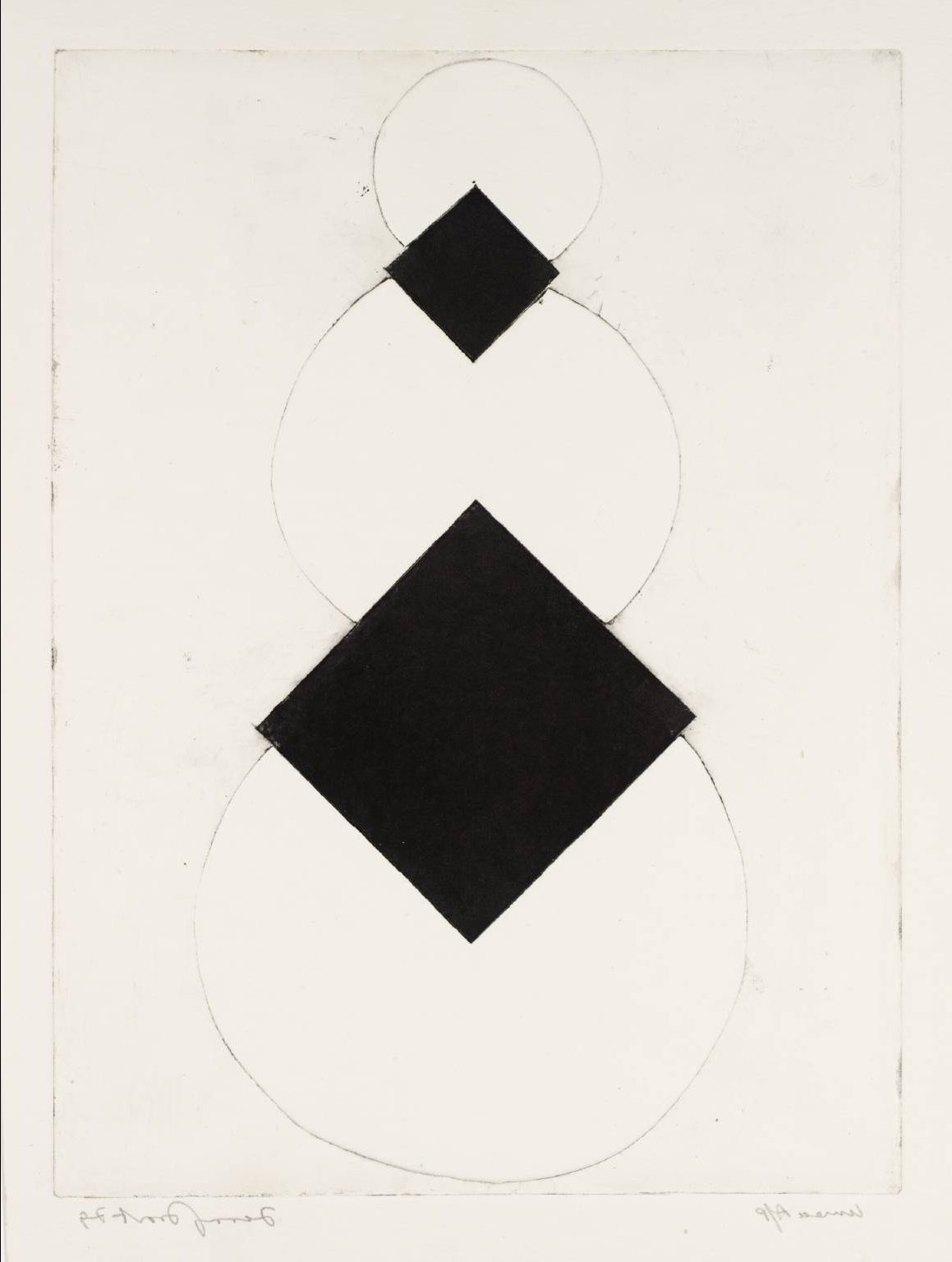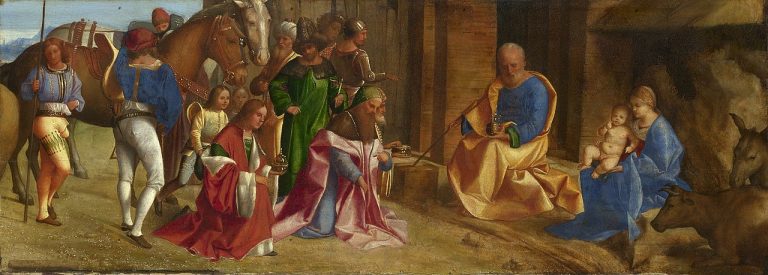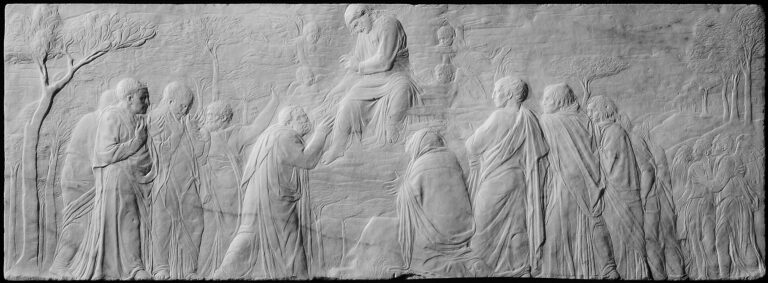Terry Frost Painter: Pioneering British Abstract Artist
Born: 13 October 1915 Leamington Spa, Warwickshire, England
Death: 1 September 2003, Newlyn, Cornwall, England
Art Movement: Abstract Art
Nationality: British
Influenced by: Adrian Heath, Ben Nicholson, & Barbara Hepworth
Institution: Camberwell School of Art & St. Ives School of Painting
Terry Frost Painter: Pioneering British Abstract Artist
Life and Career of Sir Terry Frost
Terry Frost lived a life of remarkable achievements that included art, war and academia. The key influences and experiences shaped his journey from working class roots to knighthood and artistic fame.
Early Life and Education
Terry Frost was born on October 13, 1915, in Leamington spa. At 14, he left school and began working at Curry’s Cycle Shop. He found work at Armstrong Whitworth Coventry.
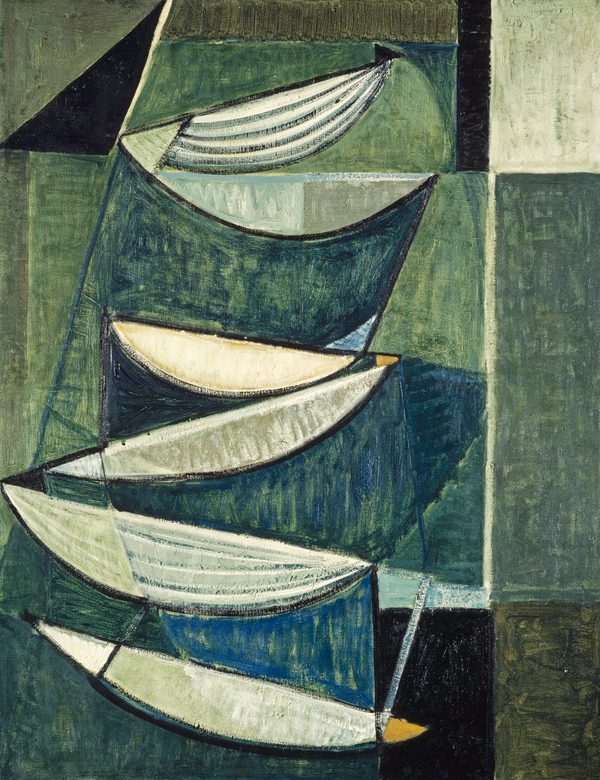
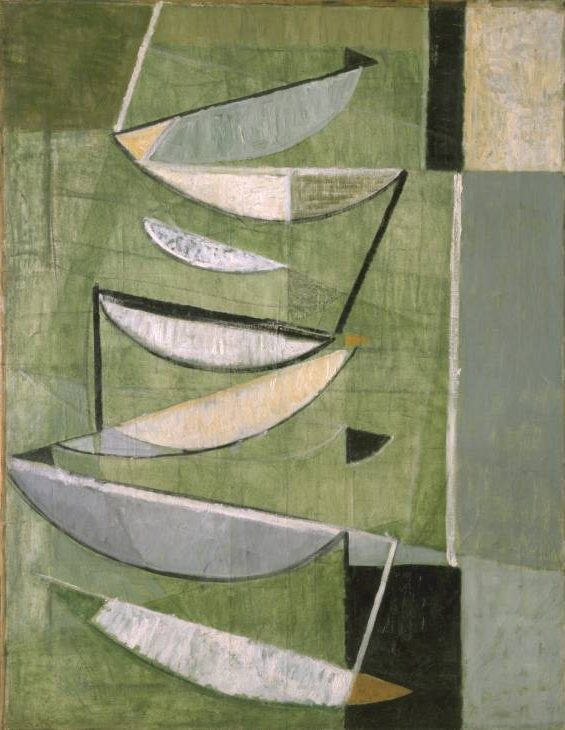
Frost’s childhood was modest and he received little formal art education. Frost’s path to becoming an art artist was unusual and started much later in his life.
World War II and Prisoner of War Experience
Frost’s life was dramatically changed by World War II. He served in many countries, such as Palestine and Greece. He was captured in 1941 and held as a POW for four years.
At Stalag 383, Frost met artist Adrian Heath. The meeting ignited his interest in the arts. His artistic journey began when he was in captivity.
Academic Pursuits and Teaching Career
Frost studied art after the war. He joined the Camberwell School of Art and then at St. Ives School of Painting.

Stacked on the Side (1970) by Terry Frost
Frost’s career as a teacher was noteworthy. From 1952 to 1954, he taught at Bath Academy of Art. He became a lecturer at the University of Reading. He was appointed Professor of painting at the University of Reading in 1967.
In his academic role, he inspired many young artists and developed his own style.
Later Years and Legacy
Frost received many honors and recognitions in his later years. In 1992, he was named a Royal Academician. In 1998 he was knighted for his contributions to education and art.
Sir Terry Frost passed away on September 1, 2003. His art and influence in British abstract art will live on as a legacy. In his honor, an Oxfordshire Blue Plaque has been unveiled since 2015.
Frost’s use of color, shape and form is still celebrated today. It was inspired by the Cornish countryside. His transformation from prisoner to artist is a fascinating story in British history.
Artistic Development and Influence
Terry Frost’s artistic journey was marked by important experiences and relationships. His work evolved from figurative into abstract. Color and shape became the main elements of his work.
Emergence as an Abstract Artist
Frost began painting as a German prisoner-of-war during World War II. He studied at the Camberwell School of Arts and Crafts after the war. In 1946, his move to St. Ives was a turning-point. Cornish landscapes and light inspired him to explore abstract art.

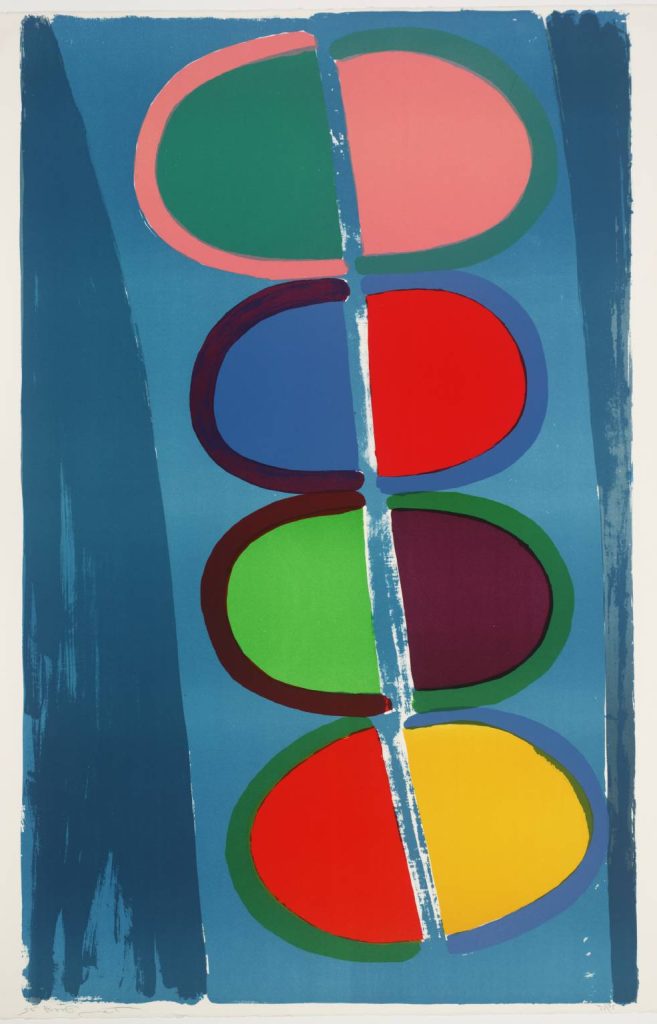
Frost’s early paintings were figurative. His style changed when he began to embrace abstract art. In his paintings, he began to use bold colors and simple forms. In the 1950s, his time at Leeds School of Art further shaped him as an artist.
Collaborations and Influencers
Several artists influenced frost’s growth. Adrian Heath was Frost’s first mentor. He taught him at the POW camp. Frost met Ben Nicholson, Barbara Hepworth and others in St. Ives. Their work had a significant influence on Frost’s shift towards abstraction.
William Coldstream, a Camberwell artist, also influenced Frost. These artists shaped Frost’s thoughts about color and form. Frost began to view art as a means to express ideas and feelings, rather than just copying nature.
Contributions to the St. Ives School
Frost was a prominent figure among the St. Ives School of artists. The group was popular for abstract art, inspired by the Cornish coast. Frost’s use bright colors and simple forms fit in well with this group’s style.
He joined both the Penwith Society of Arts and the London Group. These groups promoted modern British art. Frost’s art helped St. Ives to become a major center for modern British art.
Prominent Themes and Techniques
Frost’s work was dominated by color. Frost used vibrant, bold colors to create moods and energy. Another important element was shapes. His work often featured spirals, circles, and crescents.
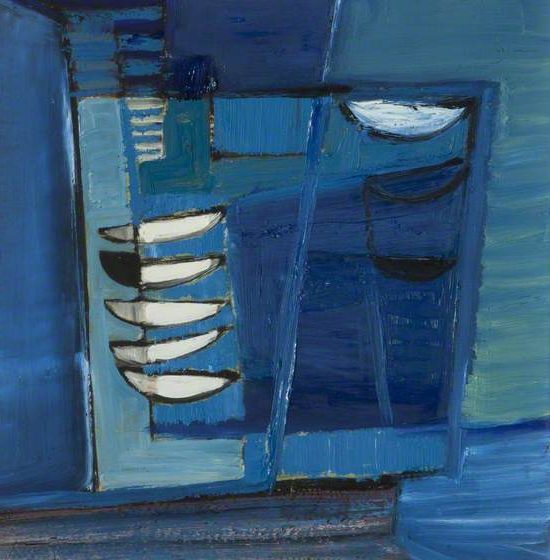

Frost was inspired by nature, particularly the sky and sea. He then translated them into abstract forms. He often used movement and rhythm in his paintings and prints.
Frost also created constructions, combining painting with 3D elements. Frost’s work celebrated life and joy. His work made abstract art popular in Britain.
Exhibitions and Collections
Terry Frost’s work has been widely recognized through numerous exhibitions. His art is part of many important collections in the world.
Solo and Group Exhibitions
Frost held many solo exhibitions during his career. His paintings were exhibited in top London and Cornwall galleries. In 2000, the Tate hosted a large exhibition of his paintings.
He also participated in group exhibitions with other British artists. They helped him to spread his ideas on color and shape.
Frost’s work was also exhibited at the Scottish National Gallery of Modern Art. It was evident that Frost’s style is popular throughout the UK.
International Recognition and Exhibits
Frost’s fame spread beyond Britain. His work traveled to many countries.
His art was shown in galleries in Australia, New Zealand, Israel, Canada and the USA. It allowed more people to see his vibrant paintings.
These foreign shows made Frost a well-known British artist in the world. These shows showed that Frost’s art could speak to people of different cultures.
Works in Public and Private Collections
Frost’s works are in many museums. His paintings are exhibited in large numbers at the Tate. His art is also on display at the following UK museums:
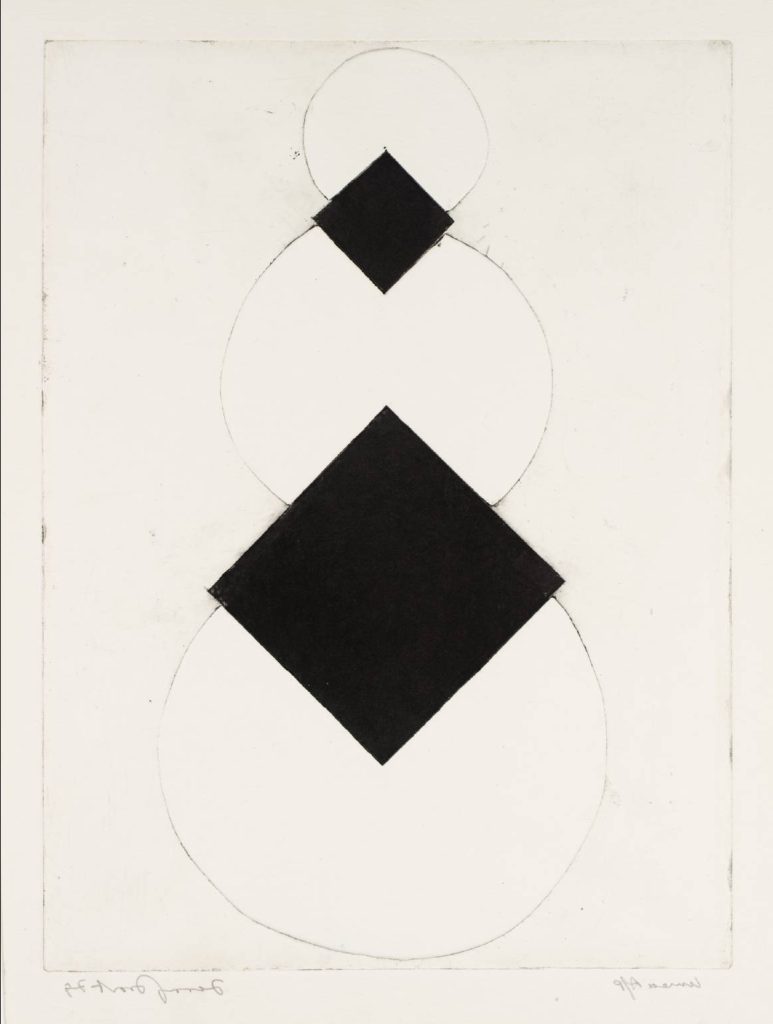
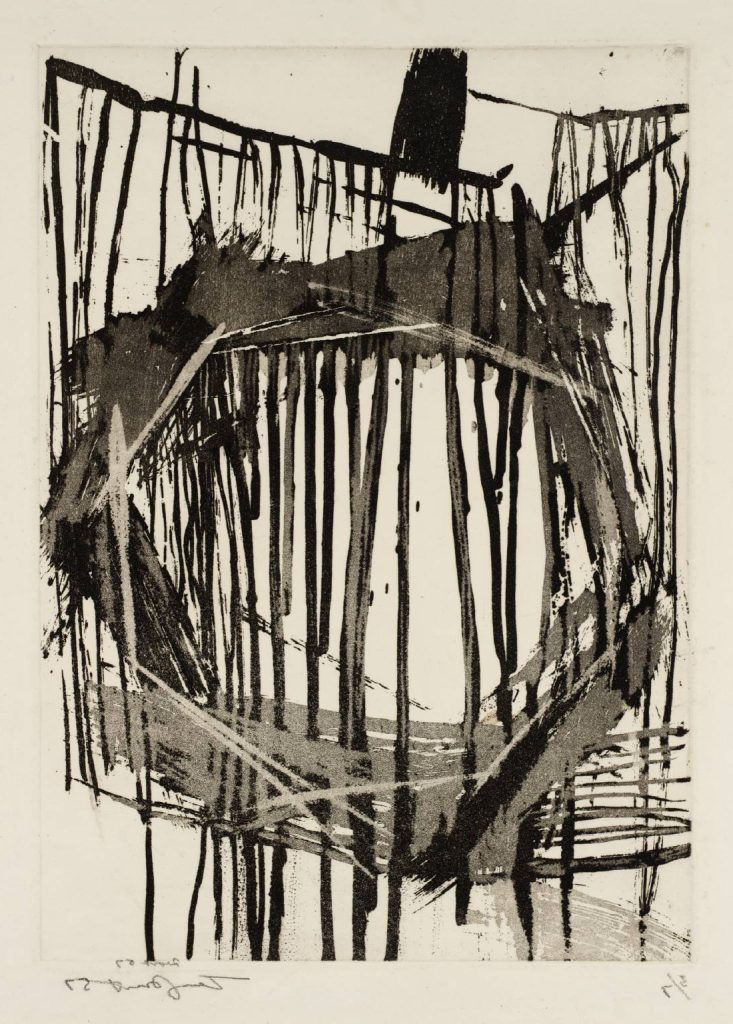
- National Museum of Wales
- Fitzwilliam Museum
- Ulster Museum
Frost’s works are also displayed at the Metropolitan Museum of Art in New York.
His art was also purchased by private collectors, as well as groups such as the GAC Foundation and Gulbenkian Foundation. The mix of public and privately owned Frost’s art shows how highly people value his paintings.
Frequently Asked Questions
Terry Frost’s career as an artist has raised many questions regarding his influence, techniques, and legacy. His knighthood, artistic style and the impact of British abstract art are a topics of interest for art enthusiasts and academics.
What is the significance of Terry Frost’s knighthood in the art world?
Terry Frost was rewarded his knighthood in 1998. This award also demonstrated how highly the art world valued his art and his ideas.
What techniques and materials are most commonly identified with Terry Frost’s artworks?
Frost’s art is characterized by bright colors, simple shapes and simple forms. He used acrylics and oils on canvas. Frost also made prints by screen printing, among other methods.
How do the prices of Terry Frost’s pieces compare within the modern British art market?
Frost’s artwork is sold at a variety of prices. At auction, his paintings can fetch large sums. Prints are less expensive and more popular with collectors. Since his death in 2003, the value of his works has grown.
Can you trace the evolution of Terry Frost’s artistic style through his prints?
Frost’s prints reveal his changing style over time. Early prints had a more muted tone. Later prints were bursting with vibrant colors and shapes. As his career progressed, his art became abstract.
What contributions did Terry Frost make to the development of abstract British art?
Frost was instrumental in introducing abstract art to Britain. Frost was a pioneer in mixing colors and shapes. His work inspired others to experiment with abstract styles. Frost’s teaching spread his ideas and concepts to younger generations.
How has Terry Frost’s legacy influenced contemporary artists?
Frost’s art still inspires many artists. Frost’s use of color and form still inspires new artists. Others have continued his abstract style. Some artists use his methods in their unique ways.

